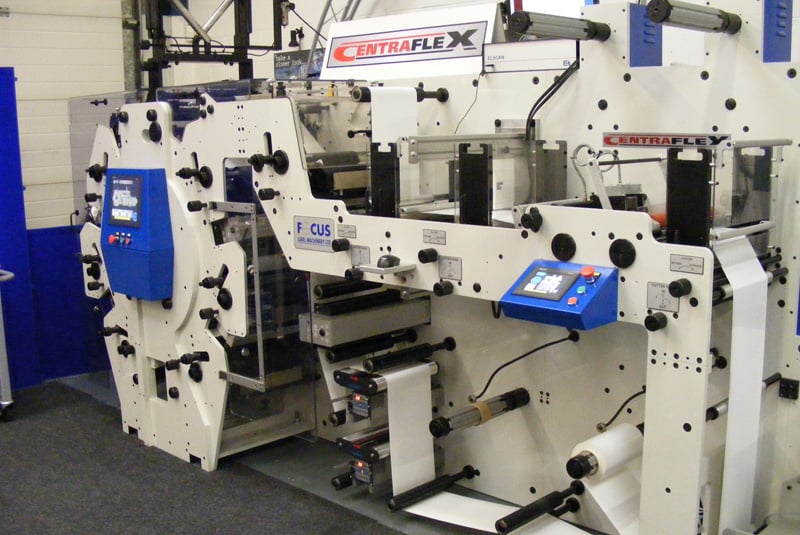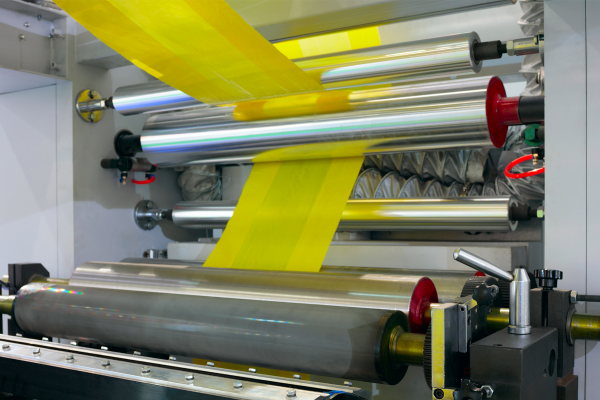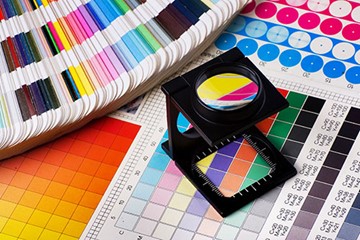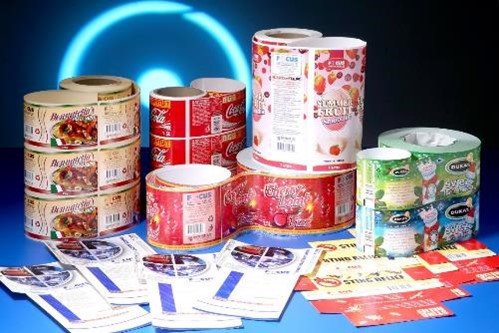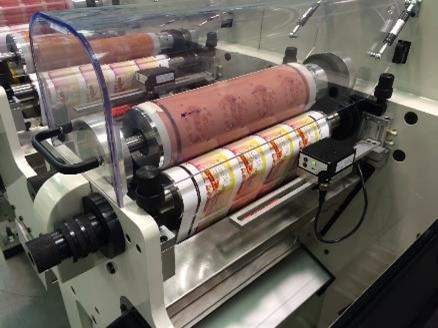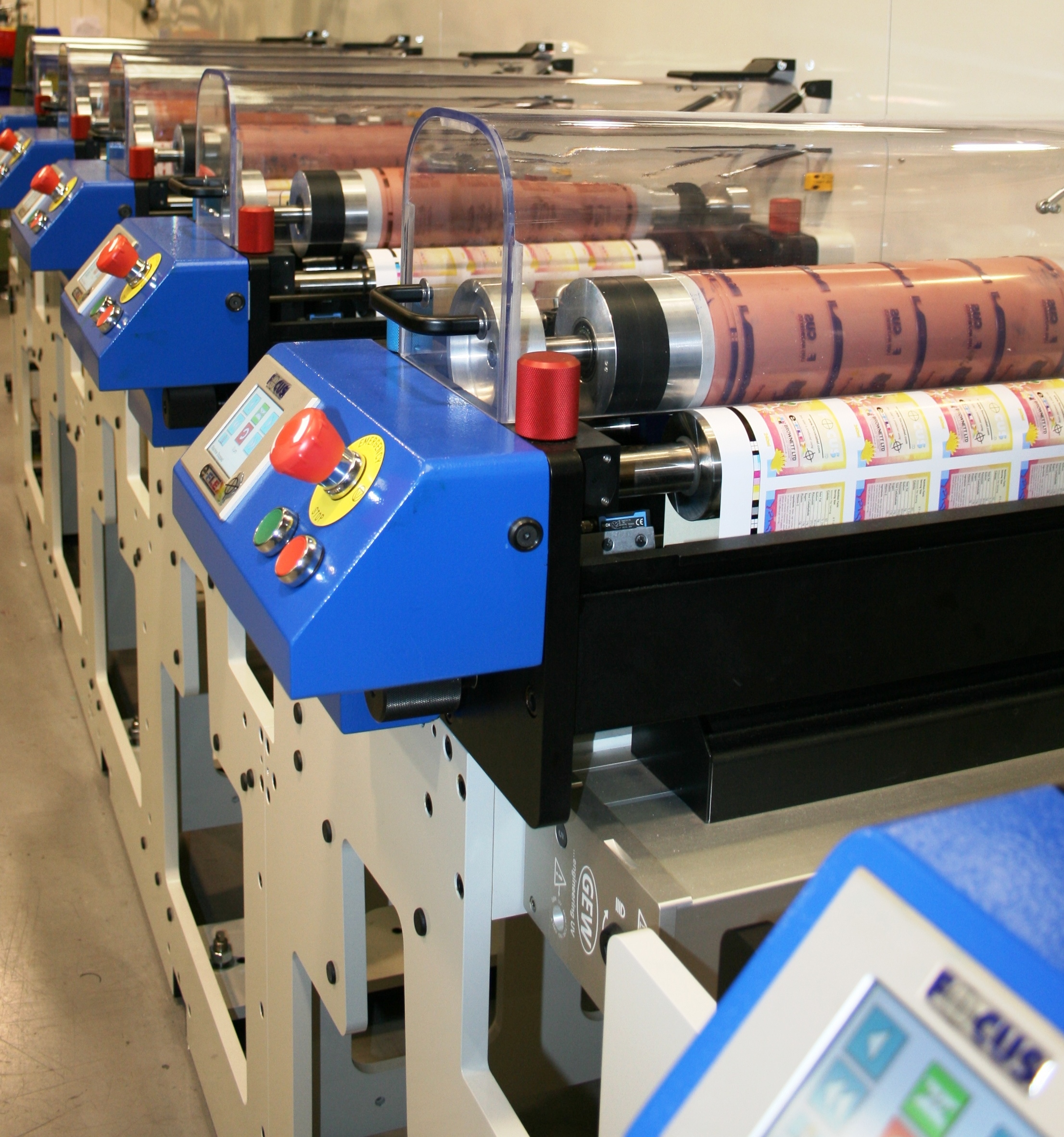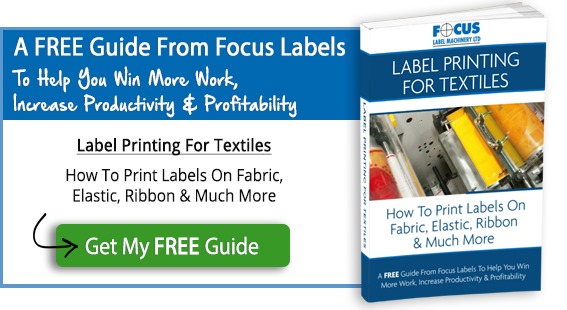Flexible packaging substrates, including wraps, envelopes, pouches, and sachets, have changed the face of the consumer goods industry. The ability for retailers to adapt their packaging to various forms and functions has redefined the way that many products are packaged, produced, marketed, and consumed. These changes demand a proactive response from print management businesses to meet the challenges and opportunities produced by this packaging trend.
How Flexible Packaging Is Redefining Consumer Goods Branding (And How Printing Businesses Can Respond)
The Rise of Hybrid Printing: A Blend of Flexo and Digital Technologies
Demand for sustainable printing is soaring in today’s environmentally conscious world, so assimilating the benefits of different print technologies is a cost-effective way to slash waste, minimise dependence on potentially harmful materials, and reduce the carbon footprint.
Flexography 101: The Flexo Printing Process Explained
Flexographic printing, also known as flexo, is a versatile and widely used technique for creating high-quality printed materials. Particularly popular in the packaging and label sector due to its efficiency and ability to produce vibrant, detailed prints, flexographic printing delivers consistent and reliable results and is the go-to printing method for many companies in a variety of industries.
Different Printing Methods That Are Used in the Production of Flexible Packaging
Flexible packaging plays a crucial role in many industries but, to meet the unique needs of various applications, different printing methods are used in its production. The choice depends on factors such as print quality, production speed, and substrate compatibility, as well as the target consumer audience and their preferences.
Make Your Production Sustainable With Flexographic Printing
As the sixth largest producer of printing products in the world, the UK is in a prime position to enhance sustainability in the industry, and positive progress has already been made towards achieving Net Zero.
Why Invest In A New Label Printing Machine?
Making a business investment in flexographic printing equipment is not a decision to be made overnight. In general companies don't invest in new kit unless it is necessary, so it can sometimes be a challenge to persuade directors/shareholders to release the capital. However, the technological changes that have taken place in flexo machines over recent years make a compelling business case for not delaying your investment.

